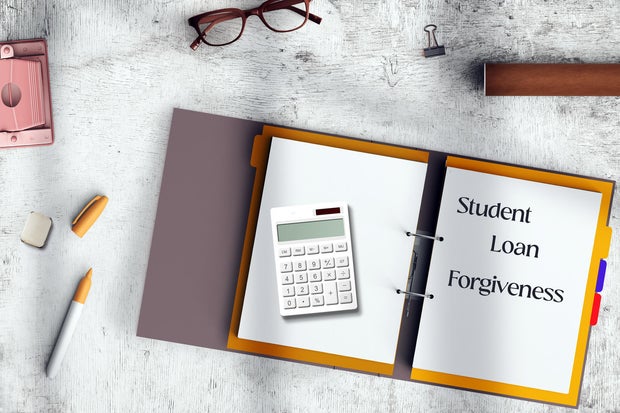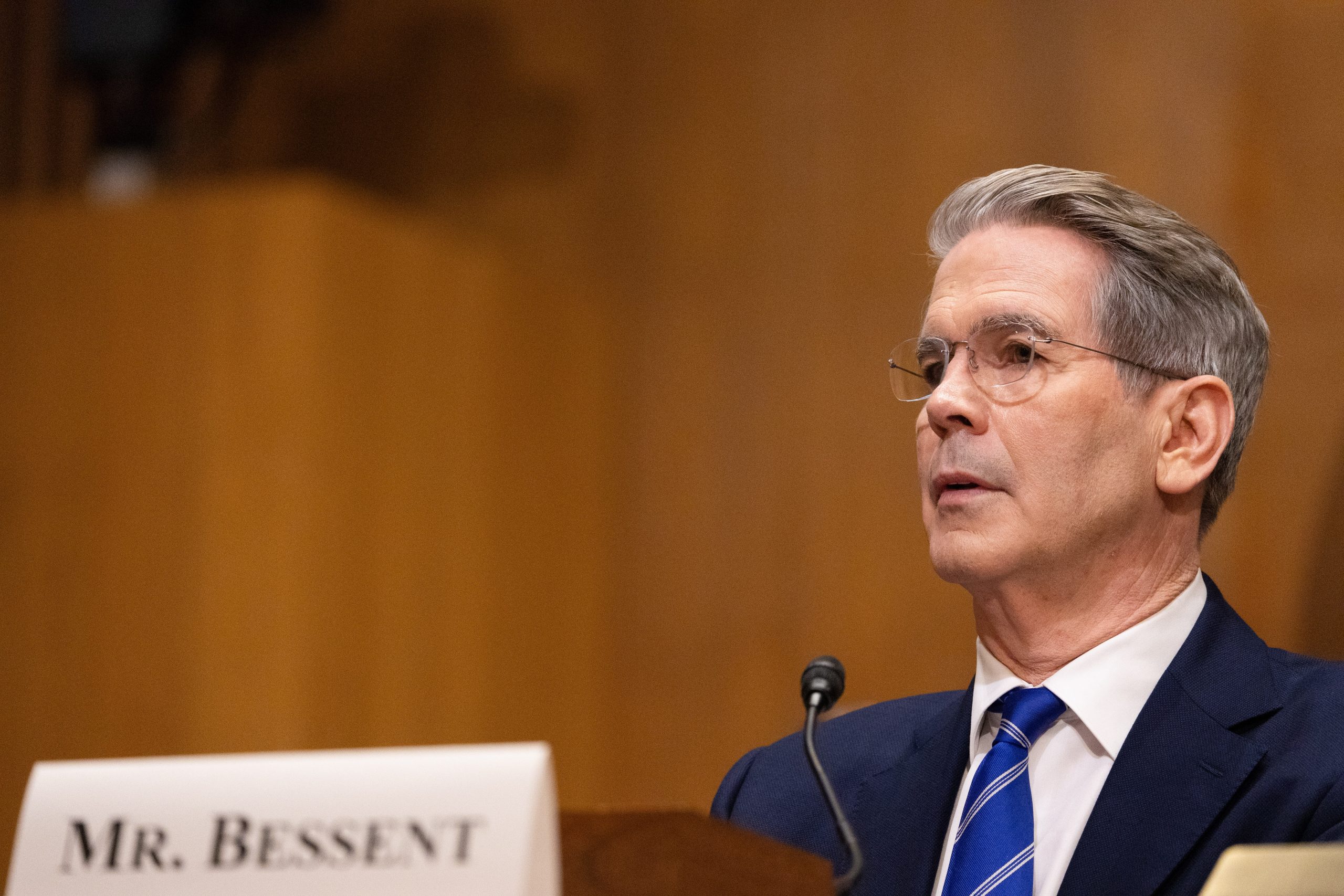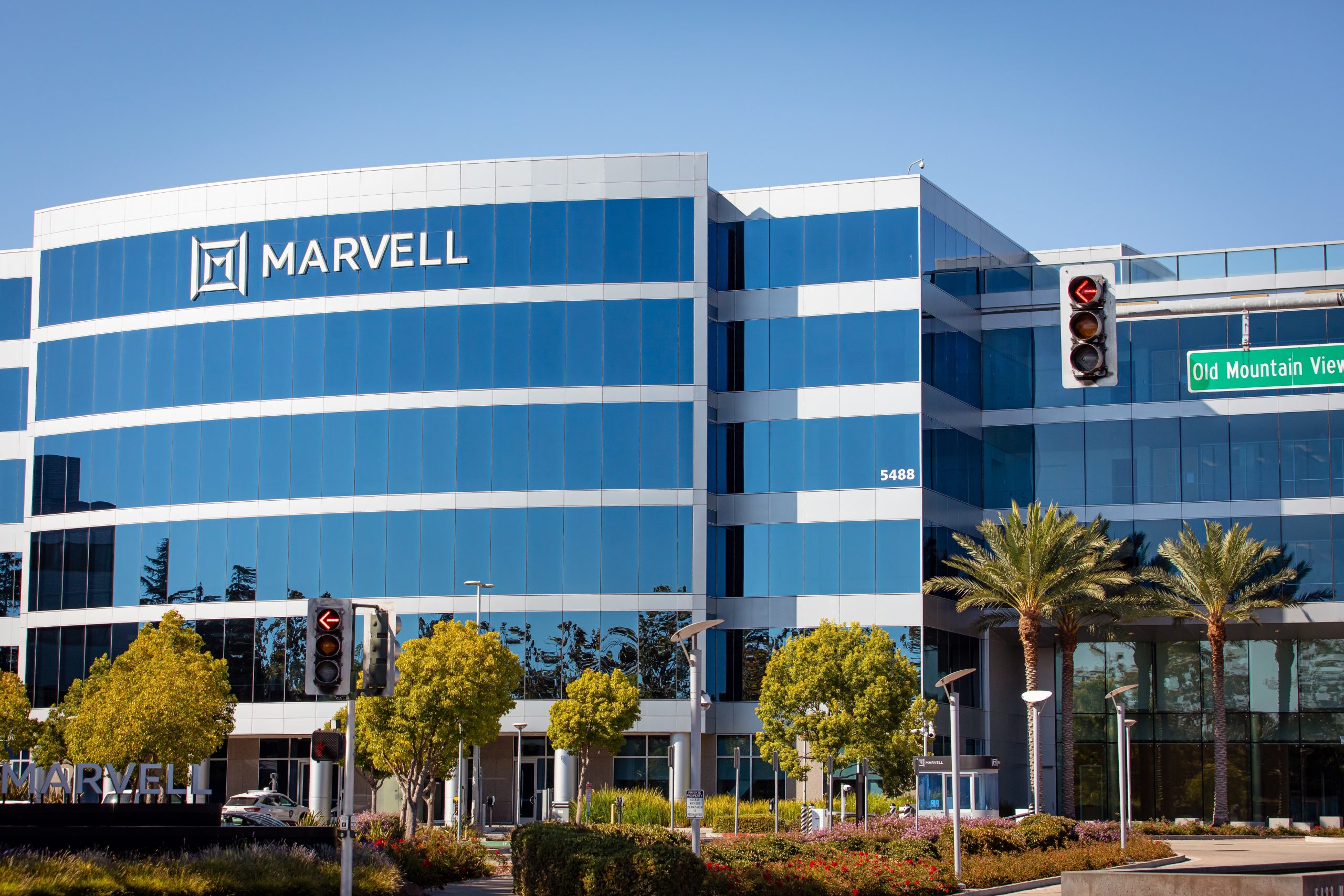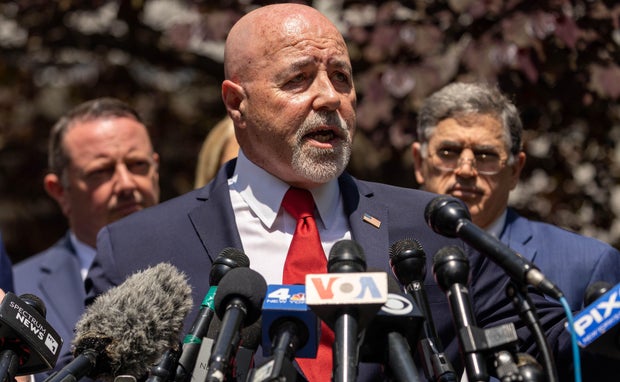CAROL YEPES/Getty Images
If you have student loans, you’ve likely noticed just how much the rules around forgiveness have changed lately. From the restart of previously paused payments to sweeping overhauls of repayment plans, the past few years have completely reshaped the way borrowers approach student loan debt. These changes have added another layer of confusion to an already complex system, as programs that once seemed like a sure thing, or options that once seemed out of reach, now come with fine print that’s easy to miss.
These new rules, along with the shifting eligibility requirements and evolving repayment programs, have left many student loan borrowers feeling uncertain about where they stand and what options they actually have for having their student loan debt forgiven. For some, student loan debt forgiveness may still be within reach, but for others, the path has only gotten more difficult. And with so much noise about who qualifies and what’s been rolled back, it’s no wonder so many borrowers are left scratching their heads.
If you’re one of the many who’s struggling to keep up with your student loan payments in today’s tough economic landscape, a good place to start in today’s landscape is to know your options, whether you’re hoping to qualify for full cancellation or just want to find a more manageable way to repay what you owe. Below, we’ll examine what it takes to qualify for student loan forgiveness right now — and what to do if you don’t.
Chat with a debt relief expert about how to better manage your debt today.
How to qualify for student loan forgiveness now
First, it’s important to understand that federal student loan forgiveness programs only apply to federal student loans. If you have private student loans — those issued by banks, credit unions or online lenders — you’re not eligible for federal forgiveness programs. So, knowing which type of loans you have is step one. You can find out by logging in to StudentAid.gov or checking your loan servicer’s website. If you do have federal loans, here are the key forgiveness options available in 2025:
Public Service Loan Forgiveness (PSLF)
The Public Student Loan Forgiveness program is open to borrowers with direct federal loans who work full-time for a qualifying employer, typically government or nonprofit organizations. After making 120 qualifying monthly payments on an income-driven repayment (IDR) plan, you may be eligible to have your remaining balance forgiven. If your loans aren’t already direct loans, you may need to consolidate to qualify.
Find out more about your debt relief options online now.
Income-Driven Repayment (IDR)
Income-driven repayment plans like the Saving on a Valuable Education (SAVE) plan, Income-Based Repayment (IBR) plan, Pay As You Earn (PAYE) repayment plan and Income-Contingent Repayment (ICR) plan calculate your monthly payment based on your income and family size. If you make consistent payments for 20 or 25 years (depending on the plan), the remaining balance can be forgiven.
Borrower Defense Loan Discharge program
If your school misled you or committed certain legal violations, you may be eligible to have your federal loans forgiven through the Borrower Defense program. This is most relevant for borrowers who attended for-profit institutions that have since shut down or faced legal action.
Teacher Loan Forgiveness (TLF)
Teachers who work full-time in low-income schools for five consecutive years may qualify for up to $17,500 in federal student loan forgiveness through the Teacher Loan Forgiveness program. This only applies to certain federal loans and can interfere with PSLF eligibility, though, so it’s worth weighing which option is more beneficial in the long term.
Remember, though, that none of these apply to private student loans. If all your loans are private, you won’t qualify for forgiveness, but that doesn’t mean you’re without options.
What to do if you don’t qualify for student loan forgiveness
There are still ways to manage your student debt and reduce the financial pressure, even if you don’t meet federal forgiveness criteria or your loans are private. Here’s what to consider if you don’t qualify:
If you have federal student loans:
- Switch to an IDR plan: If you’re struggling to afford payments, enrolling in an income-driven repayment plan could lower your monthly amount to something more manageable, and even drop your payments to $0 in some cases. So while you may not qualify for forgiveness now, IDR plans still offer forgiveness after a set number of years.
- Consider loan consolidation: If you have older federal loans like FFEL or Perkins loans, consolidating them into a direct consolidation loan might give you access to IDR plans or PSLF, depending on your situation.
- Review deferment or forbearance options: If you’re facing a temporary financial hardship, you may qualify for a pause on payments through deferment or forbearance. Be aware, though, that interest may continue to accrue.
If you have private student loans:
- Refinance for better terms: If your credit score and income have improved, refinancing your student loans through a private lender could lower your rate or monthly payment.
- Explore lender-specific hardship options: Some private lenders offer hardship programs, temporary payment relief or interest-only payments to those who are struggling financially and need temporary relief. These options aren’t widely advertised, though, so call your lender directly and ask what they offer.
- Check for employer repayment assistance: Whether your loans are private or federal, more companies now provide student loan repayment benefits as part of their compensation packages. So, it’s worth asking your HR department if this is something you can take advantage of.
Learn more about your student loan refinance options here.
The bottom line
The student loan forgiveness landscape is shifting, but forgiveness may still be within reach if you have federal loans and meet specific requirements. But if your loans are private, or if you don’t qualify for forgiveness, you aren’t necessarily out of luck. There are still ways to make repayment more manageable, from income-driven repayment plans to refinancing and employer support. The key is to know your loan type and take action based on the options available to you.











